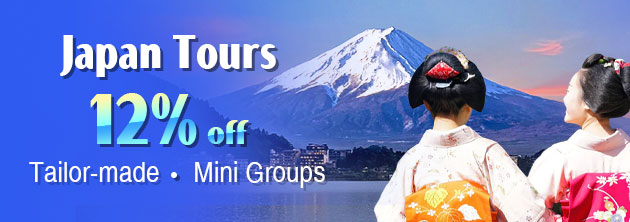Best Time to Visit Kamakura
When is the best time to visit Kamakura?
The best times to visit Kamakura are in spring and autumn – March to May and September to November.In spring, temperatures are climbing gradually, the rainfall is limited, and the daylight hours are increasingly longer, perfect for outdoor activities. Spring is also a flower-viewing season. Early spring offers plum and peach blossoms, while cherry flowers are in full bloom from the end of March to early April, which is a highlight for Kamakura throughout the year. The sakura season draws countless visitors to spots like Hasedera Temple and Tsurugaoka Hachimangu Shrine.
In autumn, Kamakura enjoys a cool and dry climate, making it one of the best times for outdoor explorations. It’s also the peak season for autumn foliage. Leaves begin to change color, to light yellow or deep red, and you’ll see a rich mix of colors throughout the autumn.
See Also: Kamakura Weather
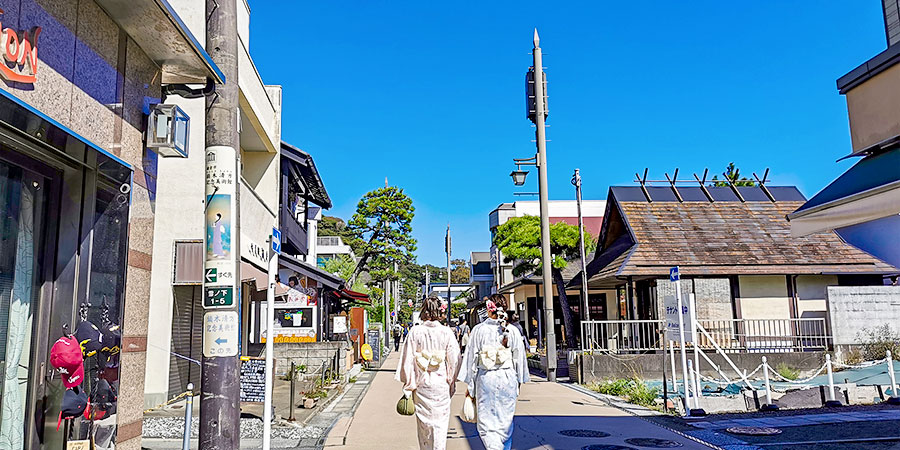
Favorable Weather
|
Best Time for Budget Visitors:
Spring: The first half of March; Mid-April; Mid to late May. During these times, you can avoid peak travel season and enjoy different flower blossoms, including plum, peach and sakura.Summer: Although June is the rainy season in Kamakura, these brief showers rarely impact your travel plans. In contrast, light showers can cool things down, offering you a cool and peaceful trip as long as you take umbrellas with you. Plus, it is the hydrangea blossom season.
Autumn: Kamakura in late September enjoys mild weather, and experiences no public holidays, perfect for cost-effective travel. The downside is that typhoons may occur, so it’s advised to check the forecast updates to plan your visit.
Winter: Due to cold weather in winter, Kamakura is relatively quiet from December to February, except for late December, leading to low travel costs. But remember to check the weather forecast in advance and pack proper clothes for your Kamakura trip in winter.
Best Time to Watch Mount Fuji
November to February offers the clearest views of Mount Fuji, thanks to Kamakura’s dry weather and longest average sunny hours per month. During these colder months, the summit is typically snow-capped, providing a spectacular view for photographing. Mount Fuji is usually most visible before 12:00. Therefore, it’s advisable to plan your visit wisely.

High Visibility of Mt Fuji
|
Best Time to View Sakura
The best time to admire sakura in full bloom is from late March to early April, when Kamakura’s streets and temple grounds are painted in soft pink. Famous sakura viewing spots are Hasedera Temple, Tsurugaoka Hachimangu Shrine and Kamakura Daibutsu. However, as the iconic tourist period in Japan, the sakura season attracts huge crowds in the short term, resulting in long queues in front of scenic spots and higher travel costs.Read More: Best Sakura Months in Japan & Japan Cherry Blossom Dates Forecast in 2026

Sakura Blossom
|
Best Time to Admire Autumn Foliage

Red Leaves under Lights
|
Read more about Japan Fall Foliage Forecast in 2026
Crowded Periods to Avoid Visiting Kamakura
 Golden Week – Late April to Early May
Golden Week – Late April to Early May It’s one of Japan’s major holidays. Traveling to Kamakura this month, you will experience crowded transportation, long lines at attractions, and hard-to-book accommodations.
 Summer Holidays – July and August
Summer Holidays – July and August In July, Japanese schools start their summer holidays. Plus, August coincides with Mountain Day and Obon Festival, fueling domestic travel in Japan. Additionally, Asian countries like China and South Korea are also in summer holidays, leading to high demand for hotels and flights.
 Late December – Christmas & New Year
Late December – Christmas & New YearThough not traditional Japanese holidays, this period attracts lots of international visitors. Therefore, accommodations can be expensive and hard to book. Moreover, during this period, there is a 9-day vacation in Japan, leading to overcrowding in the attractions, especially in temples, where many visitors would pray for blessings for the New Year.
Tips:
1. Typhoons might occur from August to September, but it’s predictable. Therefore, no matter which month you visit, remember to check the weather forecast in advance.2. The temperature gap between day and night is quite huge for the whole year, so layering is essential.
3. Opening hours of attractions can be changeable in different seasons because of the difference of daylight hours. It’s advisable to check the official time in advance. Generally, in late autumn and winter, attractions would close about 30 minutes earlier than in spring and summer.
4. It’s always a good idea to start your day early to enjoy a peaceful and comfortable travel experience. But just as said above, the temperature tends to be lower in the early morning. So it’s best to wear thicker to add warmth
Kamakura Weather by Month
You May Like
-
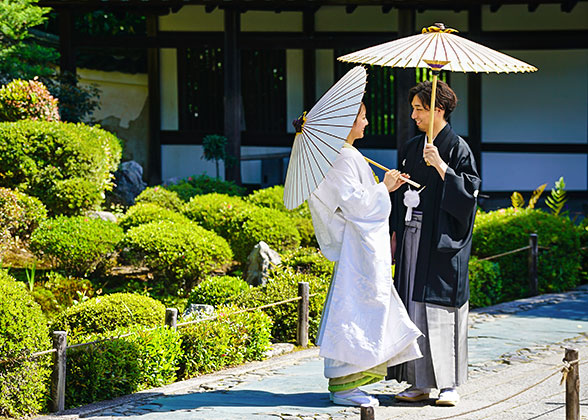 8 Days Mini Group Tour: Tokyo - Hakone & Mt. Fuji - Kyoto - Nara - Osaka - Hiroshima - Osaka from USD2771
8 Days Mini Group Tour: Tokyo - Hakone & Mt. Fuji - Kyoto - Nara - Osaka - Hiroshima - Osaka from USD2771 -
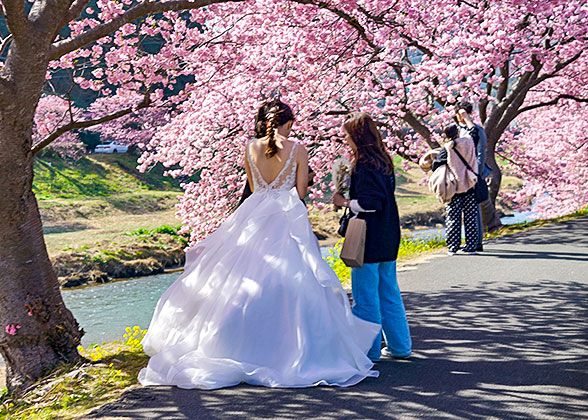 11 Days Mini Group Tour to Tokyo - Hakone (Mt. Fuji) - Kyoto - Nara - Osaka - Hiroshima... from USD3554
11 Days Mini Group Tour to Tokyo - Hakone (Mt. Fuji) - Kyoto - Nara - Osaka - Hiroshima... from USD3554 -
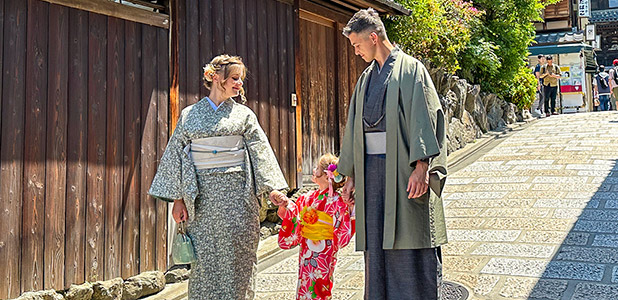 13 Days Private Tour of Tokyo - Kamakura - Tokyo - Mt. Fuji - Kyoto - Nara... from USD4443
13 Days Private Tour of Tokyo - Kamakura - Tokyo - Mt. Fuji - Kyoto - Nara... from USD4443


